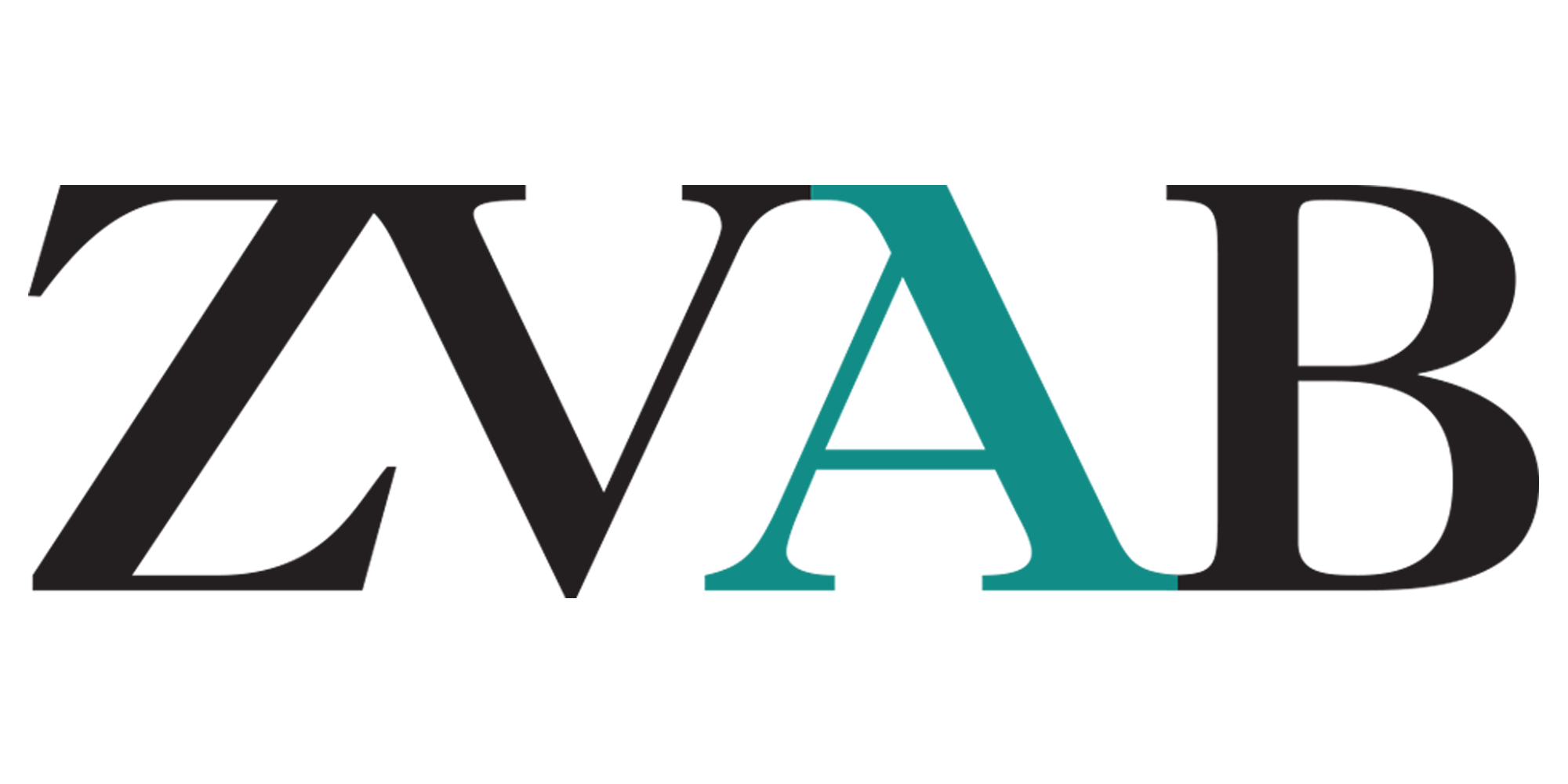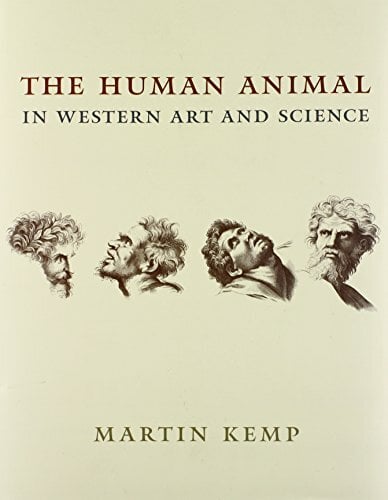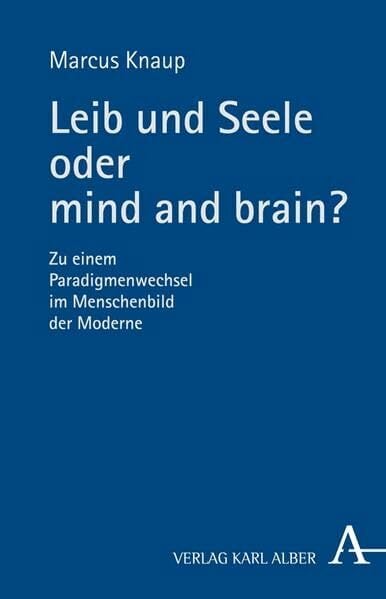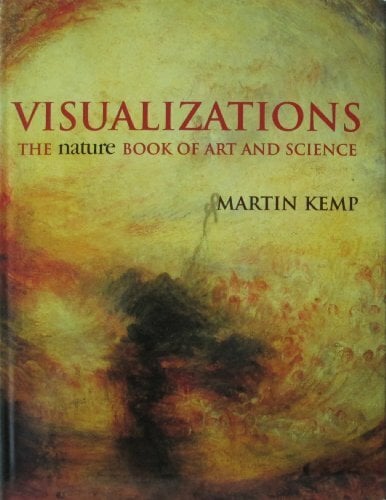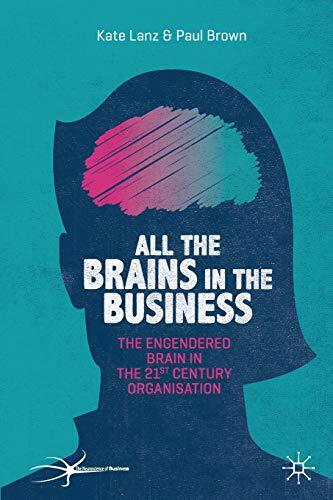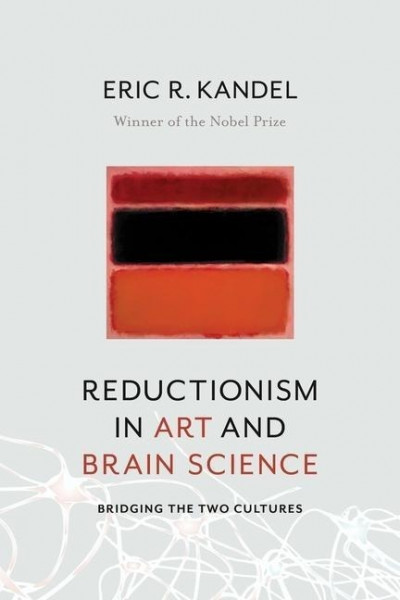
Reductionism in Art and Brain Science: Bridging the Two Cultures
Kurzinformation
inkl. MwSt. Versandinformationen
Artikel zZt. nicht lieferbar
Artikel zZt. nicht lieferbar

Beschreibung
Can science and art find common ground? Are scientific and artistic quests mutually exclusive? In this new book, neuroscientist Eric Kandel, whose interests span the fields of science and art, explores how reductionism--the distillation of larger scientific or aesthetic concepts into smaller, more tractable ideas--has been used by scientists and artists alike to pursue their respective truths. Their common use of reductionist strategies demonstrates how science can inform the way we experience a work of art and seek to understand its meaning. Kandel draws on his Nobel Prize-winning work studying the neurobiological underpinnings of learning and memory in the humble sea slug, whose simple brain helps illuminate the complex workings of higher animal minds. He extends these findings to the complexities of human perception, which uses bottom-up sensory and top-down cognitive functions to perceive the world and to appreciate and understand works of art. von Kandel, Eric
Produktdetails

So garantieren wir Dir zu jeder Zeit Premiumqualität.
Über den Autor
Eric R. Kandel is University Professor and Kavli Professor in the Departments of Neuroscience, Biochemistry and Molecular Biophysics and Psychiatry at Columbia University. He is director of the Kavli Institute for Brain Science at Columbia and codirector of the Mortimer B. Zuckerman Mind Brain Behavior Institute. In 2000, he was awarded the Nobel Prize in Physiology or Medicine. He has written extensively on the biology of learning and memory, psychiatry, and art, and is coeditor of the textbook Principles of Neural Science. His recent books include The Age of Insight: The Quest to Understand the Unconscious in Art, Mind, and Brain, from Vienna 1900 to the Present (2012) and In Search of Memory: The Emergence of a New Science of Mind (2007).

- hardcover
- 289 Seiten
- Erschienen 2012
- MIT Press

- hardcover
- 466 Seiten
- Erschienen 2011
- CAMBRIDGE UNIV PR

- hardcover
- 472 Seiten
- Erschienen 2003
- Wiley

- Kartoniert
- 126 Seiten
- Erschienen 2021
- diaphanes

- Kartoniert
- 200 Seiten
- Erschienen 2016
- De Gruyter

- Kartoniert
- 545 Seiten
- Erschienen 2016
- transcript

- paperback
- 510 Seiten
- Erschienen 2008
- Springer

- Gebunden
- 252 Seiten
- Erschienen 2014
- Suhrkamp Verlag




